2013 Land Rover Range Rover: First Look
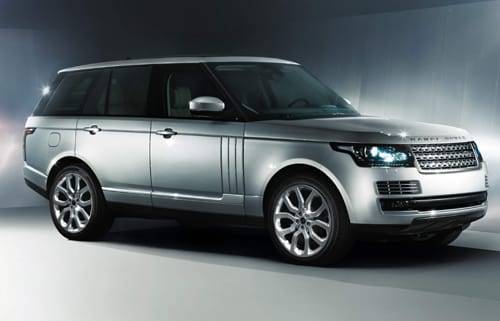
- Competes with: Toyota Land Cruiser, Lexus LX 570, Mercedes-Benz G-Class
- Looks like: The 21st century finally tames the once-rugged Range Rover
- Drivetrain: A pair of 5.0-liter V-8s paired with an eight-speed automatic transmission
- Hits dealerships: December 2012
Land Rover Range Rovers have been known for a lot of (admittedly contradictory) things over the years. They’re opulent yet rugged and capable; they’re often refined and comfortable to reside in yet crude to drive on the highway. And let’s not even get into the low gas mileage or the six-digit price tags that most Range Rovers end up with. But overall, there’s always been a rustic British charm to the Range Rover, befitting of the Queen herself.
For the 2013 model year, Land Rover more or less flips what a Range Rover stands for on its head. The 2013 model is all new, featuring extreme weight savings, a more highway-friendly chassis and a more urban/industrial-looking design motif.
Land Rover put the new Range Rover on a diet that reams close to 1,000 pounds out of the models — the U.S.-specific V-8 model lost about 700 pounds, says Land Rover. The weight savings come from an all-new aluminum unibody structure and a mostly aluminum front and rear chassis, the company says. The new model also gets a re-engineered air suspension setup and Land Rover’s newer Terrain Response adaptive suspension system to manage it. The old BMW-designed 2012 Range Rover also had a unibody structure and a fully independent suspension, but it was mostly steel.
The all-aluminum structure — a first for any SUV — will significantly improve fuel economy. The current model gets just 12/18 mpg city/highway. The pair of 5.0-liter V-8 engines in the 2012 Range Rover are still here for 2013, but now they’re paired with a new eight-speed automatic transmission (as opposed to a six-speed in 2012) for improved gas mileage. Land Rover says the new chassis and structure will lead to better on-road handling and performance while retaining unparalleled off-roading capability — the verdict is still out on that, of course, until someone other than a Land Rover PR rep can verify otherwise.
In terms of the new look, we see some Ford Explorer styling cues up front and out back, with a whiff of Jaguar XJ along the SUV’s side profile. Ironically, Jaguar and Land Rover were part of Ford not too long ago, but we think the styling similarities are a coincidence and nothing more. Regardless of a few similarities — and honestly, what car doesn’t share some styling cues with another? — the new look is distinctive and attractive.
In the cabin, there’s a lot of Range Rover Evoque styling that translates well to the Range Rover. The center console is more recessed, and the button layouts have been uncluttered. The Range Rover also gets the Evoque’s — and Jaguar’s — rotary knob transmission shifter. The multimedia system also looks like it was borrowed from the Evoque.
Like Land Rovers of yore, the new 2013 model has a four-seat option (unavailable for the 2012 model year), with two decked-out captain’s chairs in the rear. Five-seat configurations are also available. A self-parking system and a fully powered split rear liftgate are available, too.
The 2013 Range Rover will go on sale by the end of the year, Land Rover says.
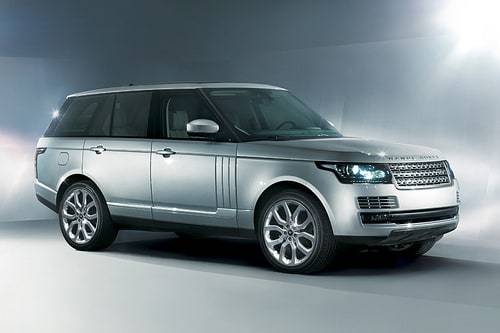
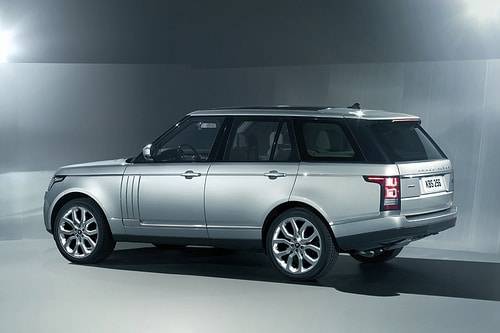
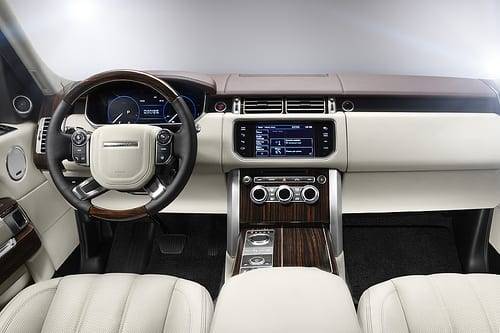
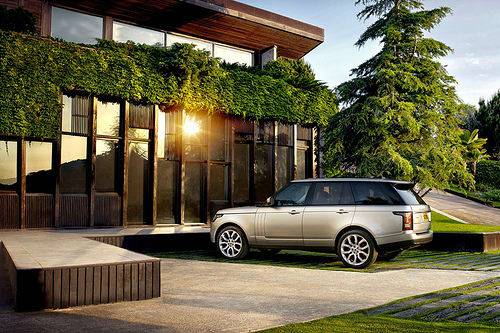
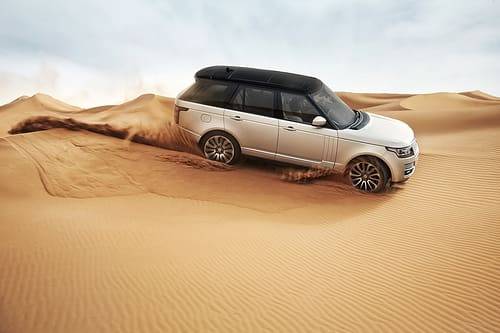
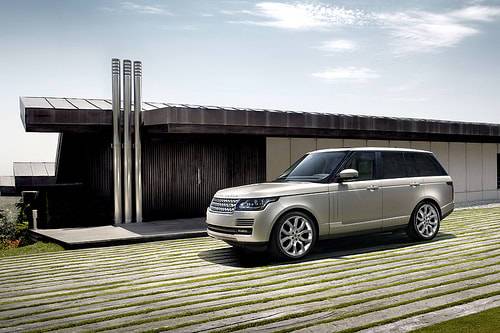
Related
More Land Rover News
2012 Land Rover Range Rover: Car Seat Check
Land Rover Defender Concept at the 2011 Frankfurt Motor Show
Featured stories




